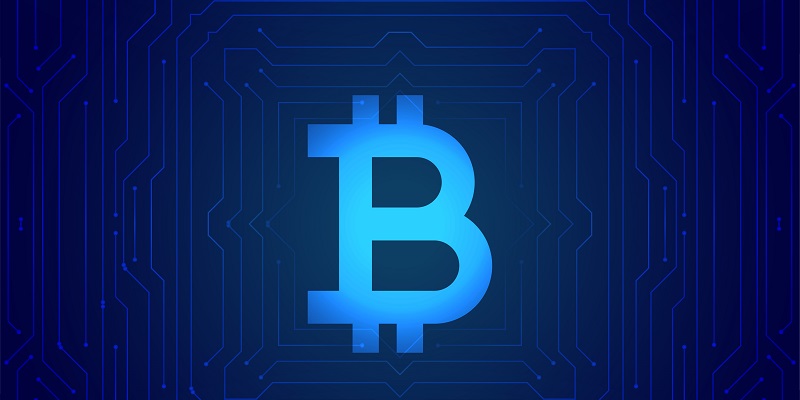The rapid growth and adoption of blockchain technology has brought numerous benefits, but one prominent issue that arises in blockchain networks is congestion. When there are more pending transactions than the network can handle, it leads to prolonged processing times, delayed confirmations, and higher transaction fees. This article explores the causes of congestion, the importance of efficient transaction processing, strategies to overcome scalability issues, the impact on technology development, and effective methods for alleviating blockchain network congestion.
Factors causing congestion
Increased usage, high transaction volumes, and events like initial coin offerings (ICOs) can strain the system and cause congestion. As more individuals and businesses become involved in blockchain transactions, the demand for network resources grows exponentially. This surge in activity can overwhelm the network’s capability to process transactions effectively, leading to slowdowns and delays.
The importance of efficient transaction processing lies in its ability to streamline operations, ensure timely completion of transactions, and enhance customer satisfaction.
Efficient blockchain transaction processing is vital for enabling high throughput, low latency, reduced transaction fees, and enhanced data security across various industries. Quick and reliable transaction processing ensures that businesses can operate seamlessly and that users can enjoy smooth and hassle-free transactions. Moreover, it fosters trust and confidence in the blockchain ecosystem, encouraging widespread adoption.
Overcoming scalability issues
Scalability has been a persistent challenge in conventional systems, but effective blockchain processing eliminates this problem, providing smooth operations even during periods of high usage. Enhancements such as improved consensus protocols, sharding, and off-chain solutions like state channels and sidechains have been proposed to address scalability concerns. Implementing these solutions can ensure that blockchain networks can handle increasing transaction volumes without sacrificing performance.
Impact on technology development
The speed at which blockchain can handle transactions will be a deciding factor in how quickly new technologies are developed and adopted. Blockchain technology holds immense potential to revolutionize various sectors such as finance, supply chain management, and healthcare. However, without efficient transaction processing capabilities, the pace of technological advancements and adoption could be hampered. Therefore, addressing congestion issues is crucial for unlocking the full potential of blockchain.
Stress-related problems
The processing capacity of the blockchain network is strained by a number of issues, which cause delays and higher transaction fees. When the network’s resources are stretched thin, transactions compete for limited processing power, resulting in longer confirmation times. Users may experience frustratingly slow transaction processing, hindering their ability to conduct business swiftly.
Delayed transaction confirmations
One immediate consequence of network congestion is delayed transaction confirmations. As the backlog of pending transactions increases, the time required for a transaction to be properly processed and confirmed also increases proportionally. This delay can lead to user dissatisfaction and hamper the efficiency of operations that rely on prompt transaction finalization.
Higher transaction fees
Higher transaction fees are also a result of the significant demand for transaction processing. When the network is congested, users are often willing to pay more to expedite their transaction confirmations. This increased demand drives up transaction fees, making blockchain transactions more costly for users. Over time, high fees can deter users and limit the accessibility of blockchain technology.
Strategies for optimization
To optimize transaction fees, various strategies can be employed. One approach is to implement dynamic fee structures that adjust based on network congestion levels. This ensures that users can select fees that align with their urgency and cost preferences. Additionally, prioritizing transaction types or implementing layer-two scaling solutions, such as lightning networks, can help reduce congestion and lower fees for users.
Encouraging dApp developers
Another significant step to alleviate network congestion is by encouraging decentralized application (DApp) developers to improve their smart contracts and code. Optimal coding practices can reduce the unnecessary load on the network and enhance overall efficiency. Educating developers about potential bottlenecks and providing guidelines for efficient and scalable coding practices can significantly alleviate congestion and enhance transaction processing speeds.
Dealing with congestion in blockchain networks is crucial to enable seamless and efficient operations. The importance of efficient transaction processing cannot be overstated, as it impacts throughput, latency, transaction fees, and data security. By addressing scalability concerns and implementing optimization strategies, blockchain networks can pave the way for widespread blockchain adoption in various industries. As technology continues to evolve, it is imperative to prioritize innovative solutions that enhance transaction processing efficiency, allowing blockchain to realize its transformative potential.

